In Japan, flowers are woven into the fabric of society, resonating with people’s emotions and life events through their language and symbolism. Each bloom holds its unique message, conveyed silently yet profoundly. This guide will introduce you to some of the most culturally significant flowers in Japan, along with their inherent meanings.
Tsubaki (椿): Camellias
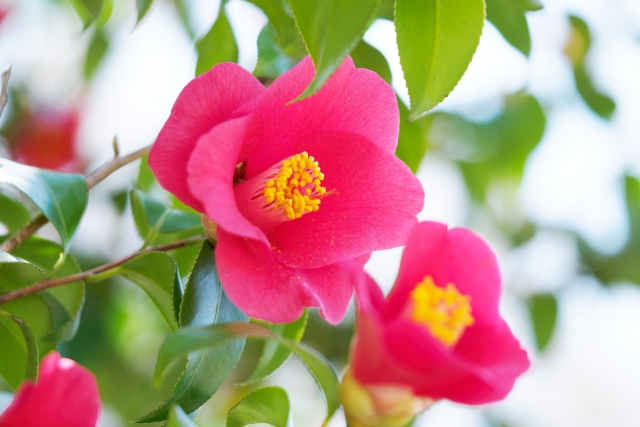
Tsubaki flowers, indicative of divine love and a harbinger of spring, are often associated with deep desire, passion, and perfection. They’re typically gifted to express admiration.
Ume (梅): Plum Blossoms
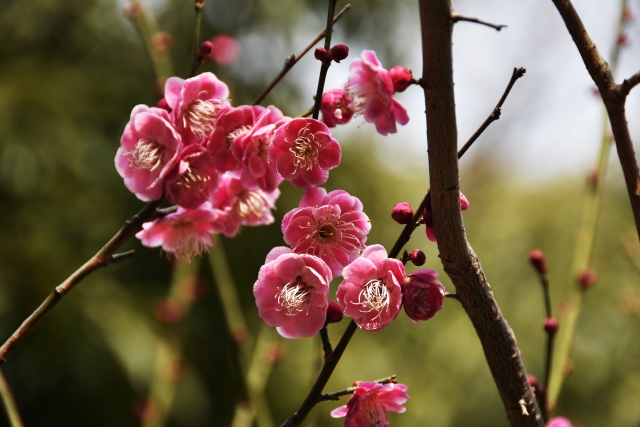
Symbolizing perseverance and the transition from winter to spring, ume flowers are revered for their delicate beauty and resilience. The flower language associated with them includes elegance, faithfulness, and a pure heart.
Kiku (菊): Chrysanthemums
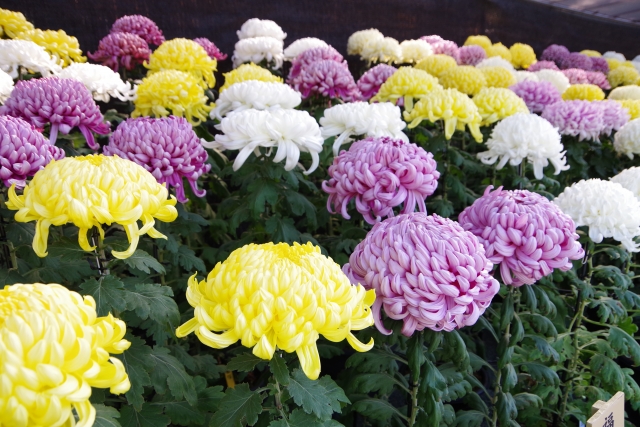
Emblematic of longevity and rejuvenation, kiku occupies a special place in Japanese art and culture. Its flower language encompasses a long life, recovery from adversity, and nobility.
Ajisai (紫陽花): Hydrangeas
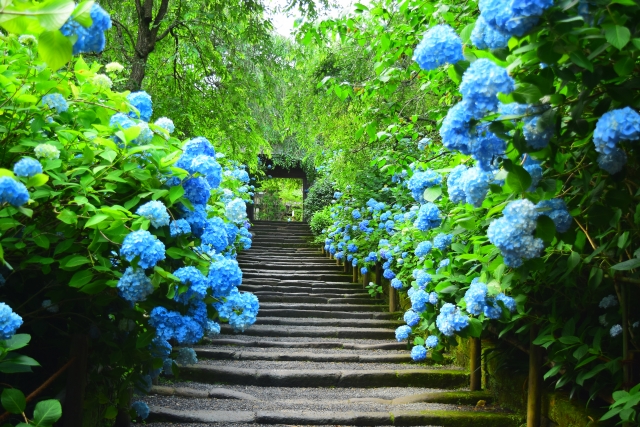
Hydrangeas symbolize heartfelt emotions, apologies, and gratitude. Their color-changing quality also represents understanding and patient love, making them popular in various celebrations.
Himawari (向日葵): Sunflowers
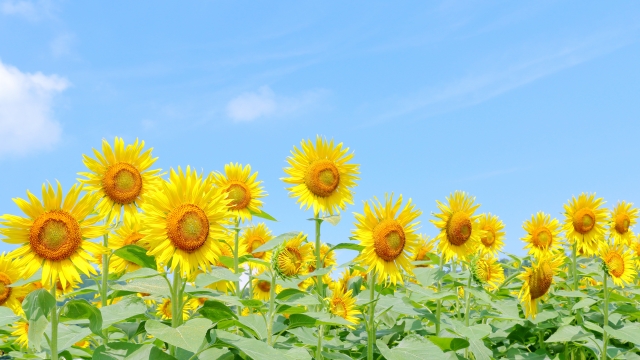
Standing for adoration and loyalty, himawari exudes energy and exuberance. Its flower language is tied to admiration, dreams, and lasting happiness, reflecting its characteristics.
Fuji (藤): Wisteria
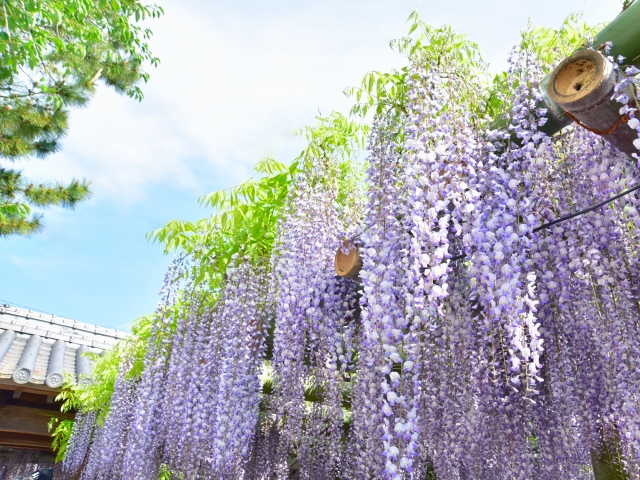
Fuji, known for its cascading bluish-purple flowers, symbolizes love, support, and the passage of time. It represents gentle strength, sensuality, and passionate love in the language of flowers.
Ayame (菖蒲/アヤメ): Iris
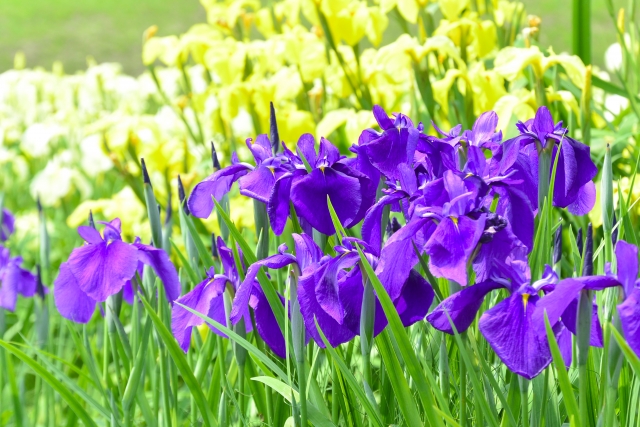
Ayame, with its striking, sword-like leaves, is a symbol of good news and victory. In the language of flowers, it often signifies courage, admiration, and a compliment to one’s beauty.
Higanbana (彼岸花): Red Spider Lily
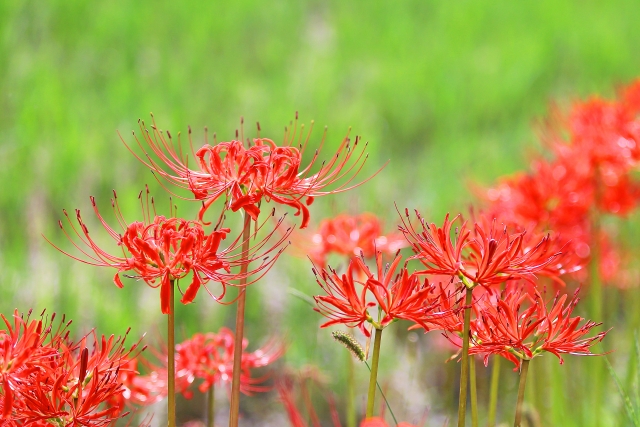
Higanbana, often associated with the afterlife and revered in Buddhist traditions, signifies the arrival of autumn. Its poignant flower language includes loss, abandonment, and memories of the departed.
Botan (牡丹): Peony
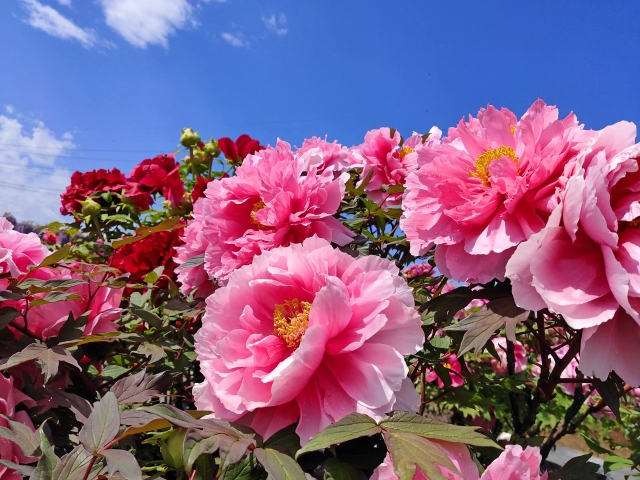
Regarded as a sign of good fortune and bravery, botan is often used in important celebrations. Its lush, full-bodied petals speak of romance, prosperity, and honor in the flower language.
Sakura (桜): Cherry Blossoms
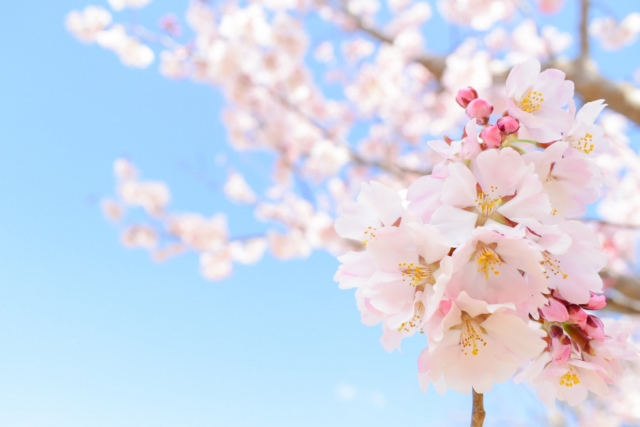
Representing the ephemeral nature of life with their short blooming period, sakura signifies renewal, the beginning of spring, and noble sacrifice. Their flower language speaks of simplicity, spring, and innocence.
Conclusion
The profound connection between the people of Japan and the nation’s native flowers paints a vivid picture of the country’s cultural richness. Each flower, with its unique symbolism and flower language, offers insight into the Japanese ethos, making them an inseparable part of societal expressions and traditions.




